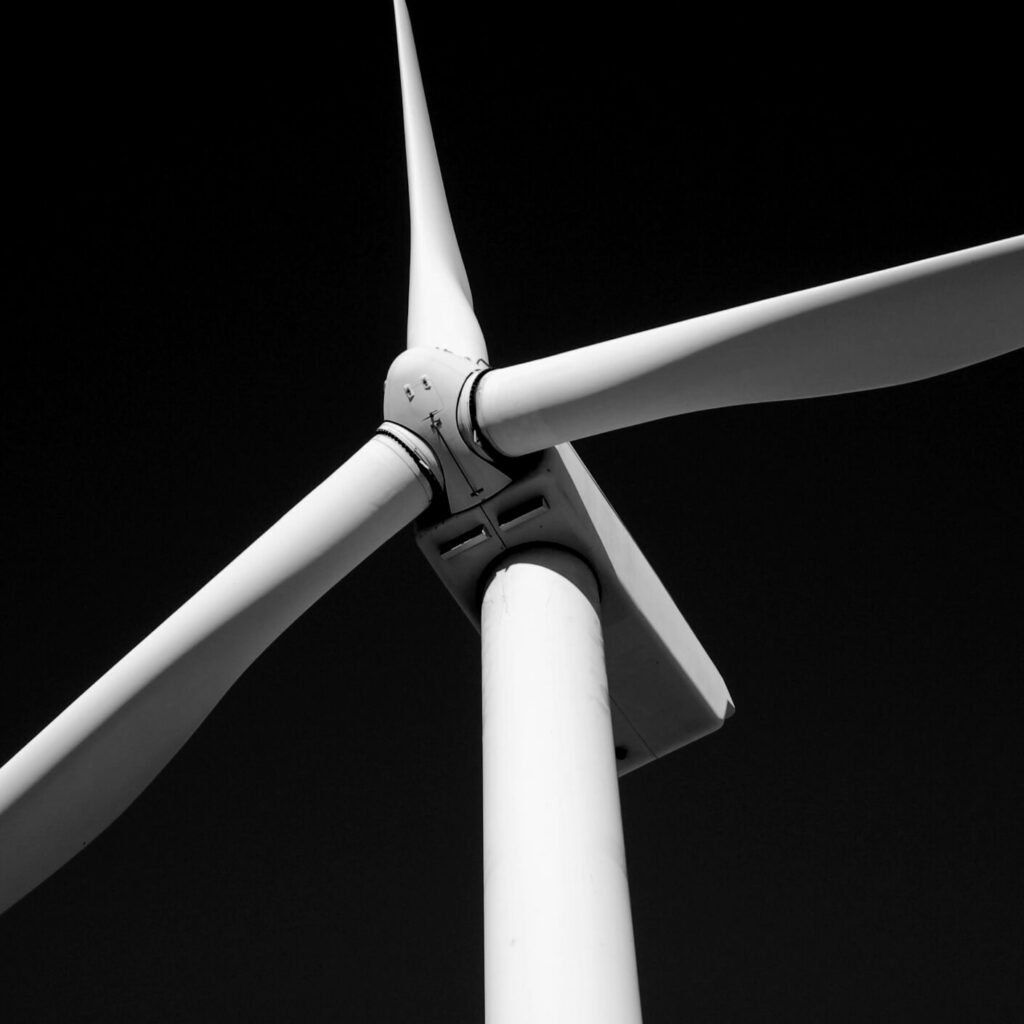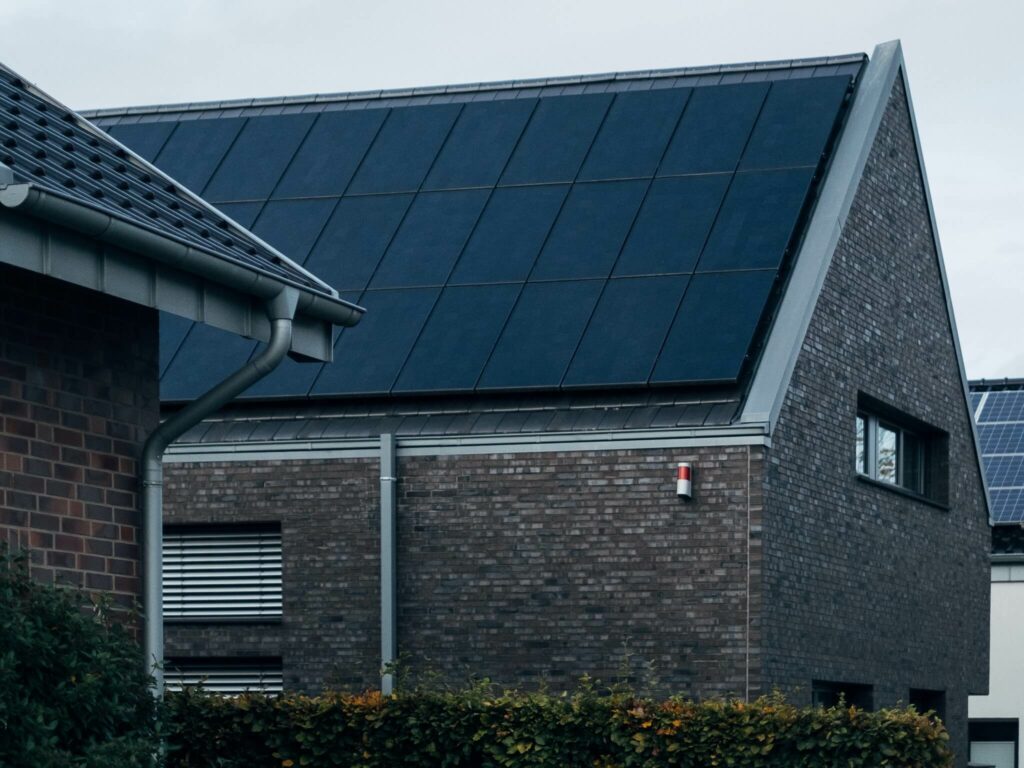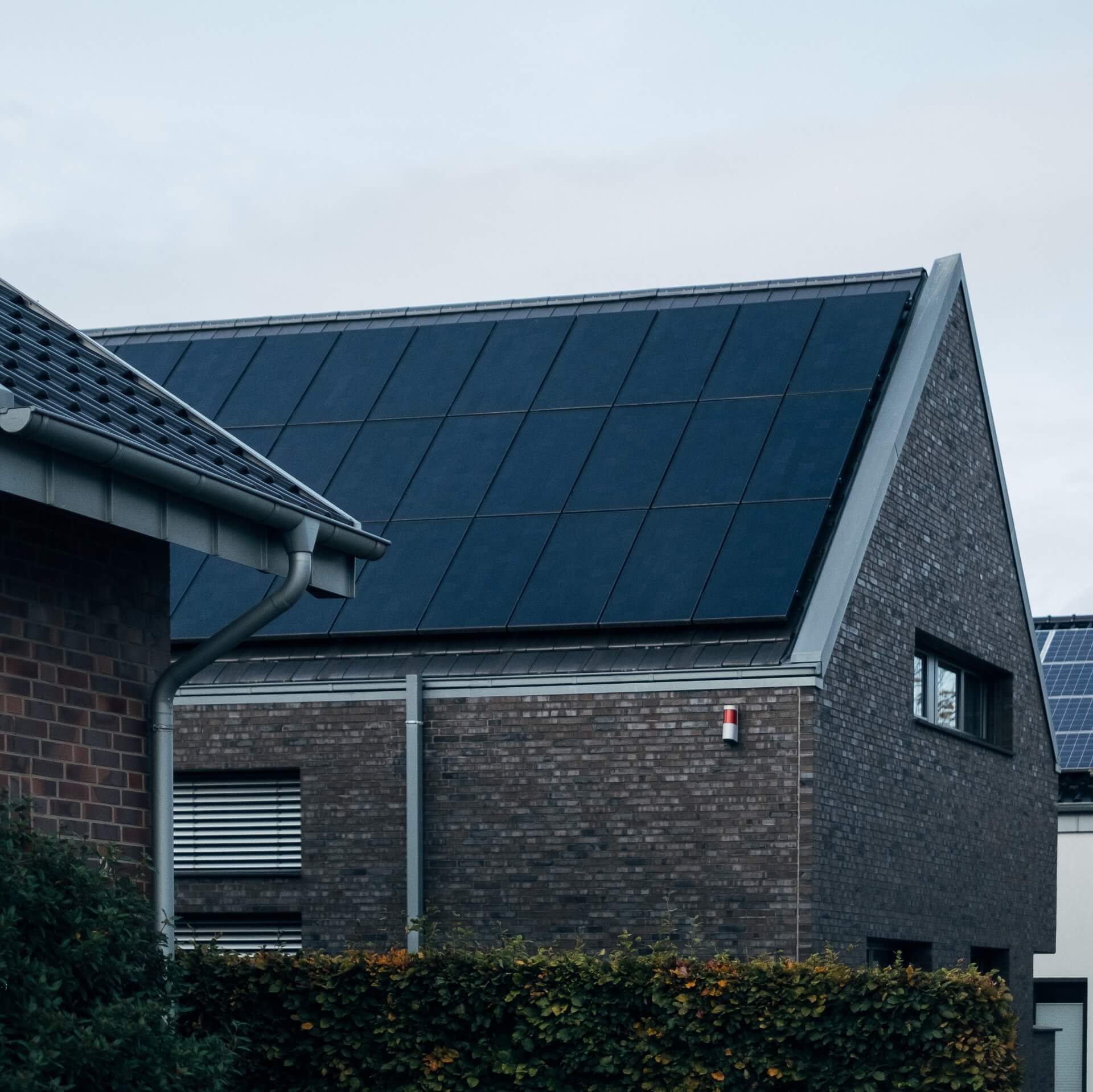How much of the UK is powered by renewable energy?

How much of the UK is currently powered by renewable energy?
In Q1 of 2019 (January-March), 35.8% of the UK’s electricity generation came from renewable sources, according to the latest government report.
“Provisional calculations show that 11.0 per cent of final energy consumption in 2018 came from renewable sources, up from 9.9 (revised) per cent in 2017,” the report states.
This still falls below the UK’s 15% goal, but it does in fact meet the fourth interim target. Signs do point to our reliance on renewable energy continuing to increase, with a governmental study just two years ago proving that just 1% of the UK is ‘strongly opposed’ to renewables.
Since that study, there have been plenty of eye-opening stats, discoveries and studies on the countless positives of renewable energy, giving it even more positive attention and publicity.

How much of the UK is currently powered by clean energy?
Despite us falling just below the original target, in June 2019, the BBC did report that “Britain is obtaining more power from zero-carbon sources than fossil fuels.”
National Grid claims that, for the first five months of 2019, clean energy accounted for 48% of the UK’s power. In the last ten years, our reliance on coal has significantly reduced, from 30% to 3%. Meanwhile, wind power has grown from powering just 1% of the UK to 19%.
What’s the difference between renewable energy and clean energy?
Clean energy is energy produced via harmless and non-polluting means. While almost all renewable energy is clean, not all clean energy is renewable.
Clean energy can in fact refer to nuclear power and new coal plants that capture and reduce emissions. This, of course, is not renewable energy.
Renewable energy is sustainable and, of course, recyclable. The best form of energy in terms of reducing emissions is obviously renewable, clean energy such as wind and solar power.
Why has our reliance on renewable energy increased?
The increased focus on tackling global warming and climate change is responsible for the growth of renewable energy in the UK in recent years.
We are now more aware than ever of the damaging and lasting impact of fossil fuels on our planet, with policy and decision-makers, influencers, businesses, and the general public all looking to decrease their carbon footprint.
People are consistently finding more and more reasons to install sustainable and renewable energy sources in their homes and businesses. From reducing emissions to cutting down bills, it is no coincidence that we are now seeing more of the following power generators:
- Solar panels
- Wind turbines
- Geothermal
- Hydroelectric turbines
What more can be done to increase our renewable energy usage and reduce emissions?
The solution is simple: the more we replace fossil fuels with renewable energy sources, the healthier our planet will be.
To combat climate change, we need to make the most of our natural resources – wind, solar, and so on.
By using such sustainable and renewable power generation, while maximising their capacity and capabilities with green energy products such as zappi, eddi and harvi, we are decreasing our reliance on the grid and new power generation.


